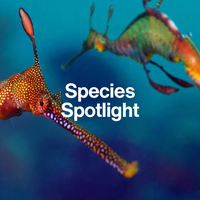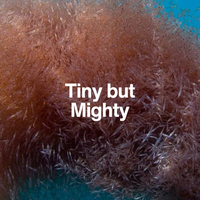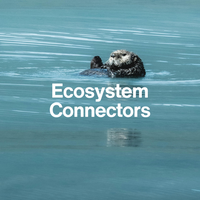The Kelp Forest Guardian
Sea Otter
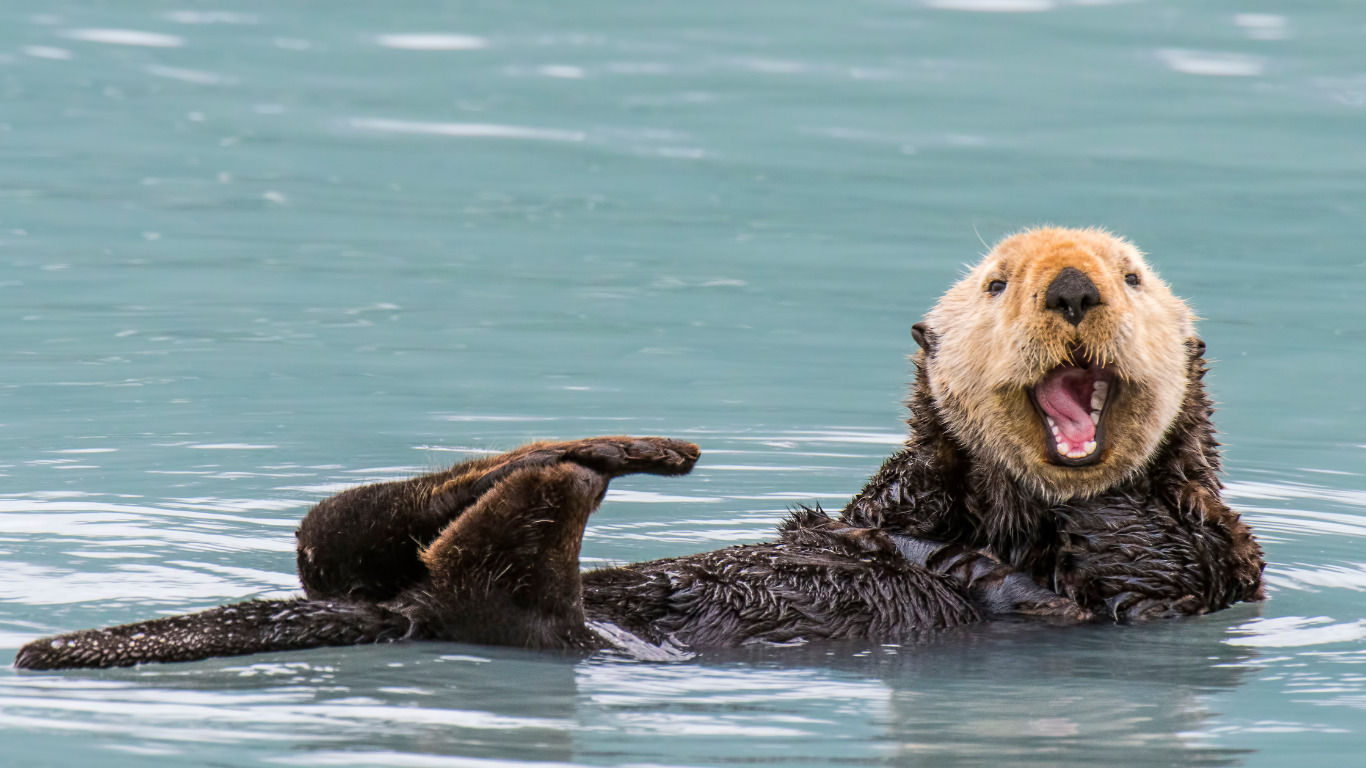
Floating on their backs, cracking open shells, sea otters may look playful—but their role in protecting kelp forests makes them silent ecosystem heroes.
Introduction
The Furry Fixers of the Coast
Sea otters don’t just float through kelp forests—they protect them. These charismatic marine mammals play an outsized role in keeping coastal ecosystems healthy and thriving. Wrapped in seaweed like a blanket, cracking shells on their bellies, they are one of nature’s most effective ecosystem balancers.
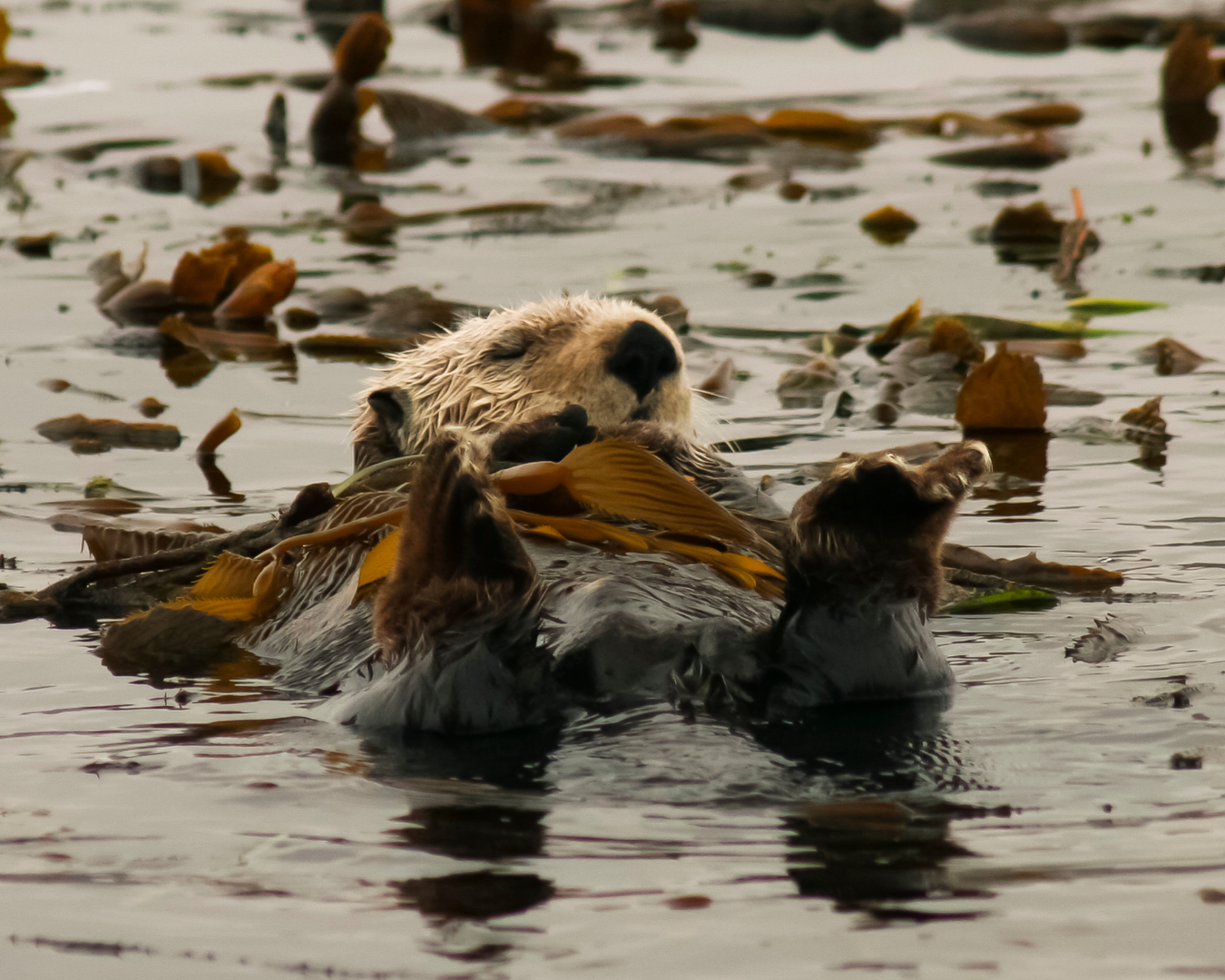
Fun Fact
Sea otters have the densest fur of any animal on Earth—up to 1 million hairs per square inch! It keeps them warm in icy waters, since they don’t have a layer of blubber like other marine mammals.
Biology & Behaviour
Pockets, Tools & Parenthood
Sea otters are members of the weasel family, adapted perfectly to life in the sea. With strong hind flippers, dexterous forepaws, and a high metabolism to fuel their warmth, these mammals are always on the move—and always eating.
They’re tool-users, famously cracking open clams, mussels, and sea urchins with rocks on their chests. Each otter even has a favourite “tool” stored in an underarm pocket of loose skin!
Mothers are deeply devoted, caring for a single pup at a time—grooming them constantly to keep their insulating fur in prime condition. When mum dives for food, the pup floats on its back, sometimes wrapped in kelp like a natural playpen.
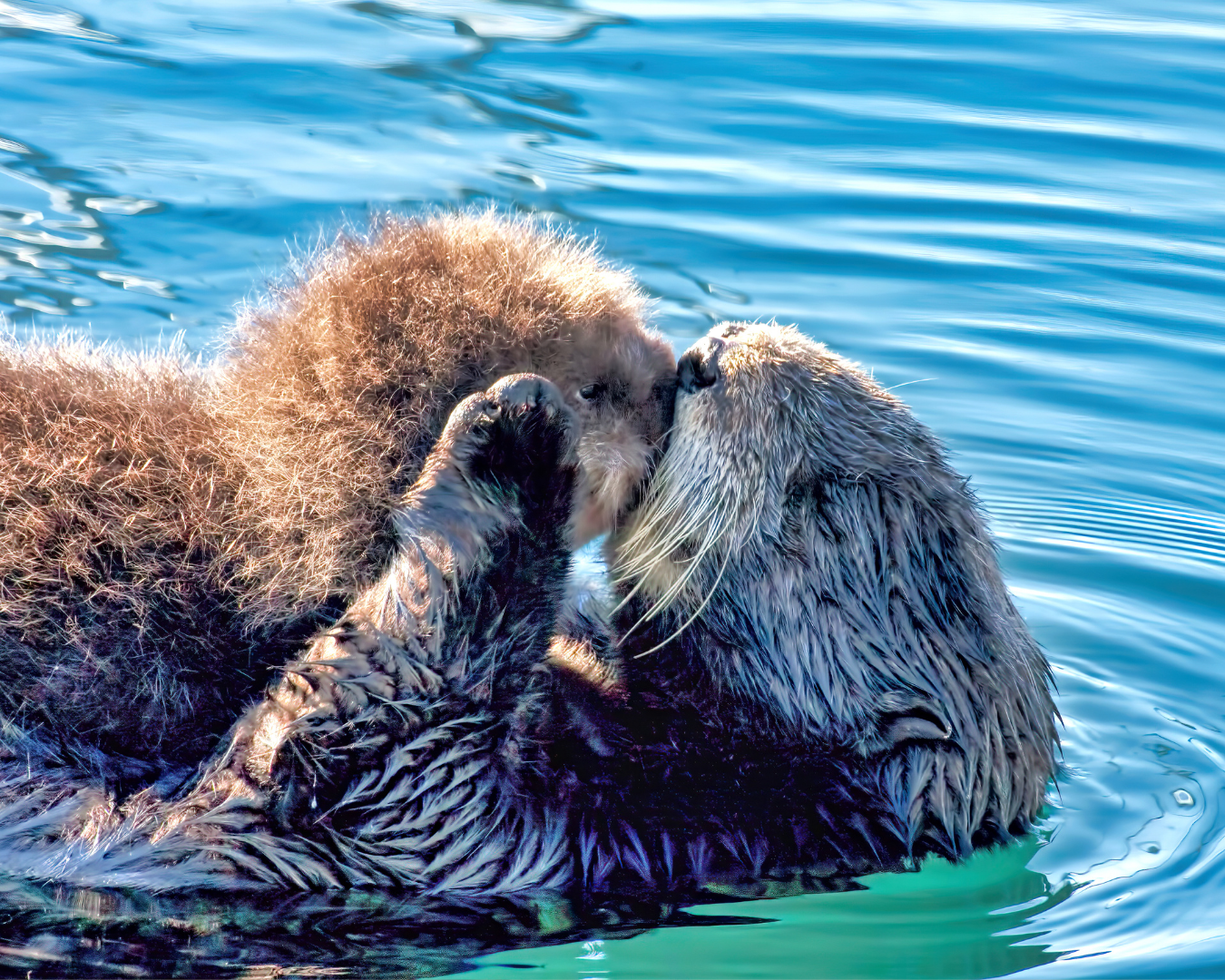
Conservation & Threats
Not Out of the Kelp Yet
Once nearly hunted to extinction for their luxurious fur, sea otters have made a remarkable comeback in parts of their range. But threats remain:
Oil spills
destroy the insulating ability of their fur, leading to hypothermia
Shellfish fisheries
can create conflicts where otters are seen as competitors
Habitat degradation
and pollution impact the health of kelp forests
Climate change
alters prey availability and storm impacts
Their IUCN status varies by population—from Endangered to Near Threatened.
Did you know?
A well-fed sea otter can eat up to 25% of its body weight every single day!
How Do They Connect the Ecosystem?
The Forest Keepers
Sea otters are keystone predators—meaning their presence shapes entire ecosystems.
By eating sea urchins, they prevent overgrazing of kelp forests. Without otters, urchin populations explode, mowing down the kelp that provides habitat, oxygen, and carbon capture.
Their hunting maintains balance—sustaining the complex web of life from algae to rockfish to sea stars.
In short: No otters, no kelp forests.
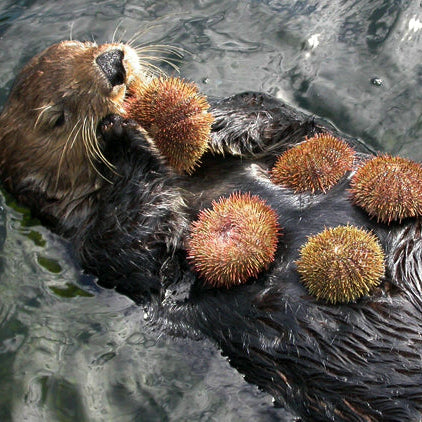
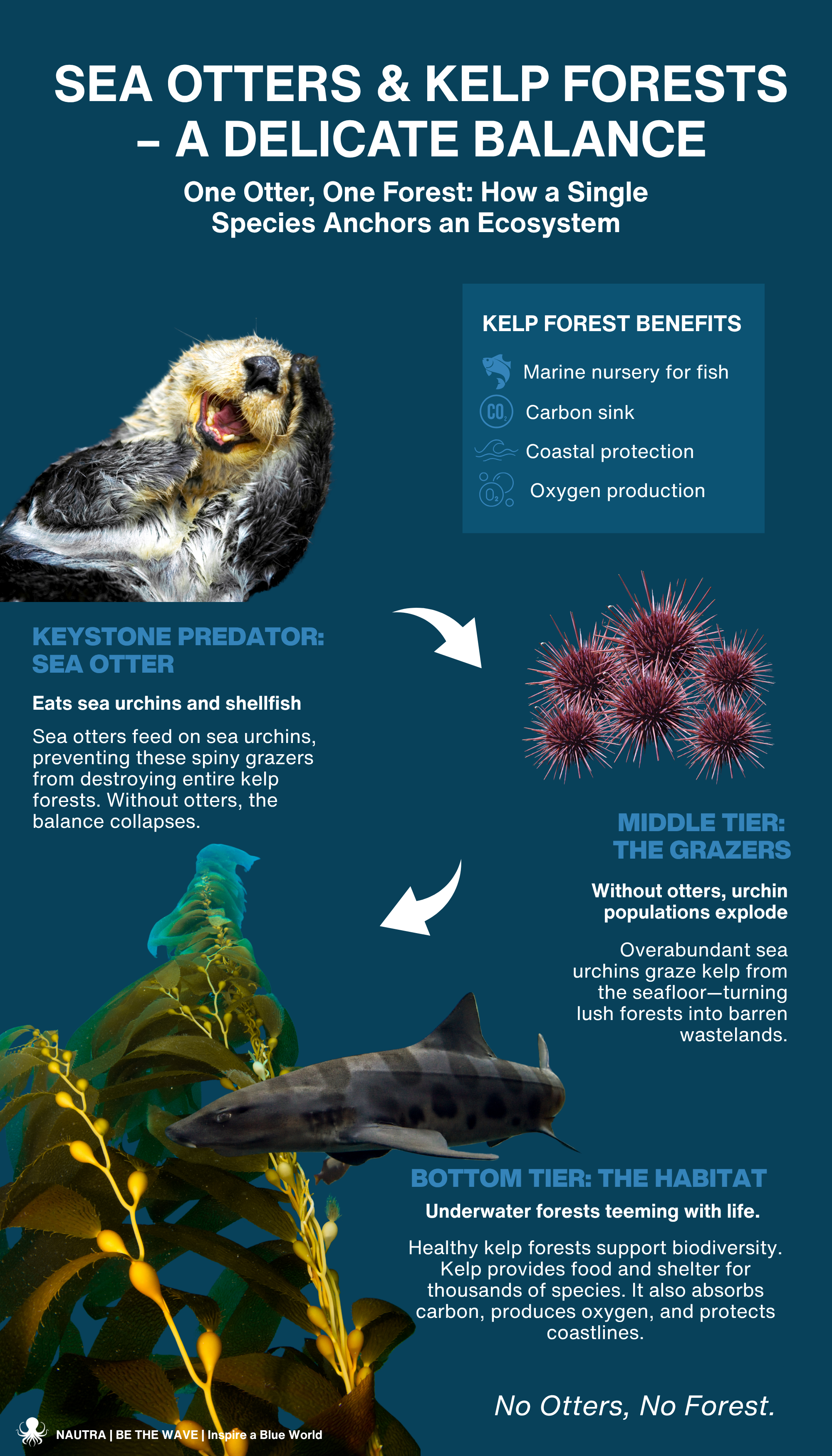
Hope & Action
A Story of Recovery
Thanks to international protection and reintroduction efforts, many sea otter populations have rebounded. From the Pacific coasts of the U.S. and Canada to Russia and Japan, they are swimming symbols of conservation success.
But continued recovery depends on:
- Reducing oil spill risk
- Protecting kelp forests and coastal waters
- Creating space for coexistence with fisheries
- Raising awareness of their vital role
Supporting marine protected areas—and learning their story—is one way to help.
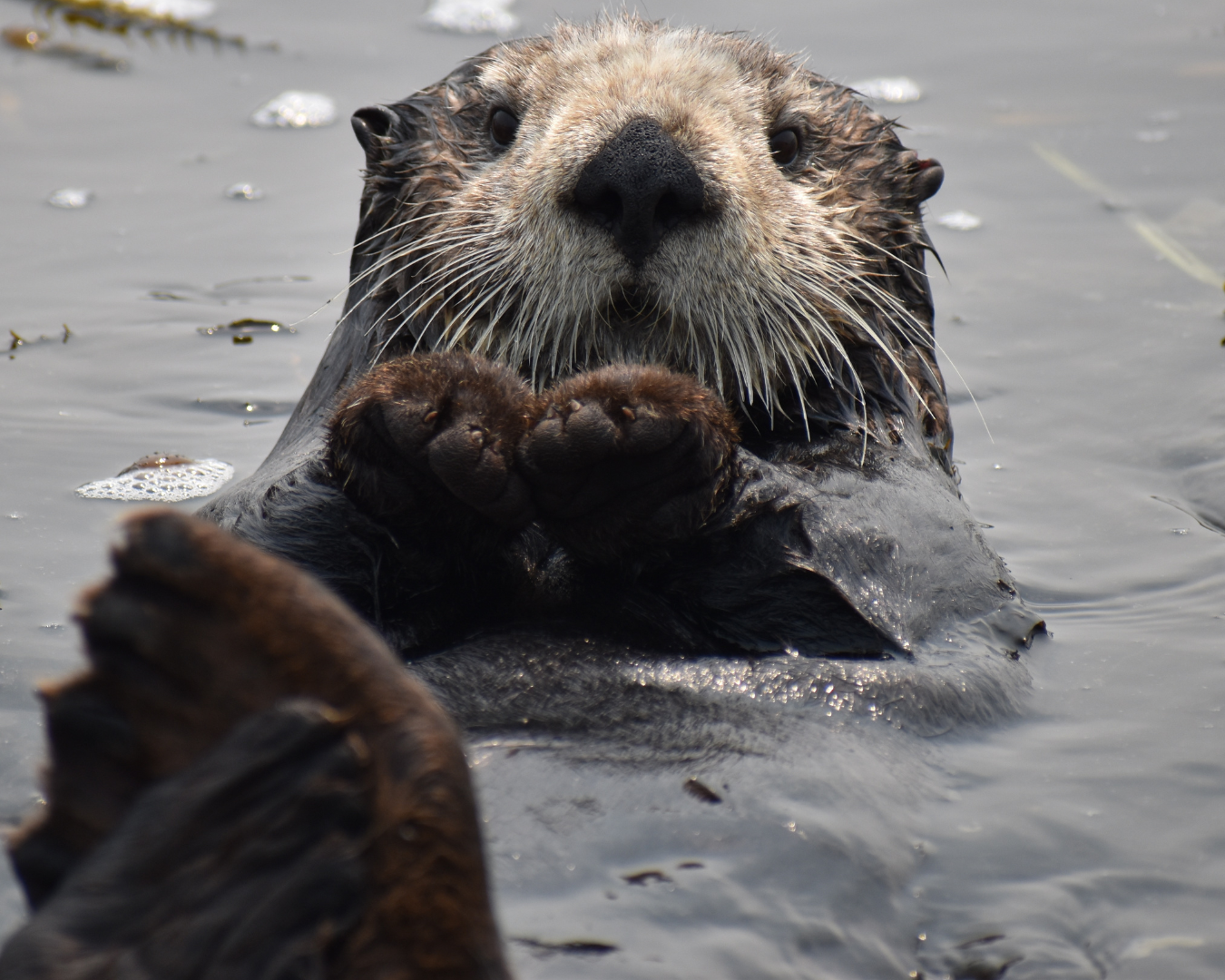
Species ID Card
Sea Otter
Want to take this species with you? Download our printable ID card to keep learning, share with others, or use in your classroom or ocean journal.
NEXT SPECIES
Meet the Reef’s Brightest Builder: Parrotfish
Dressed in tropical colours and armed with beak-like teeth, parrotfish do more than dazzle—they reshape reefs, one bite at a time.


